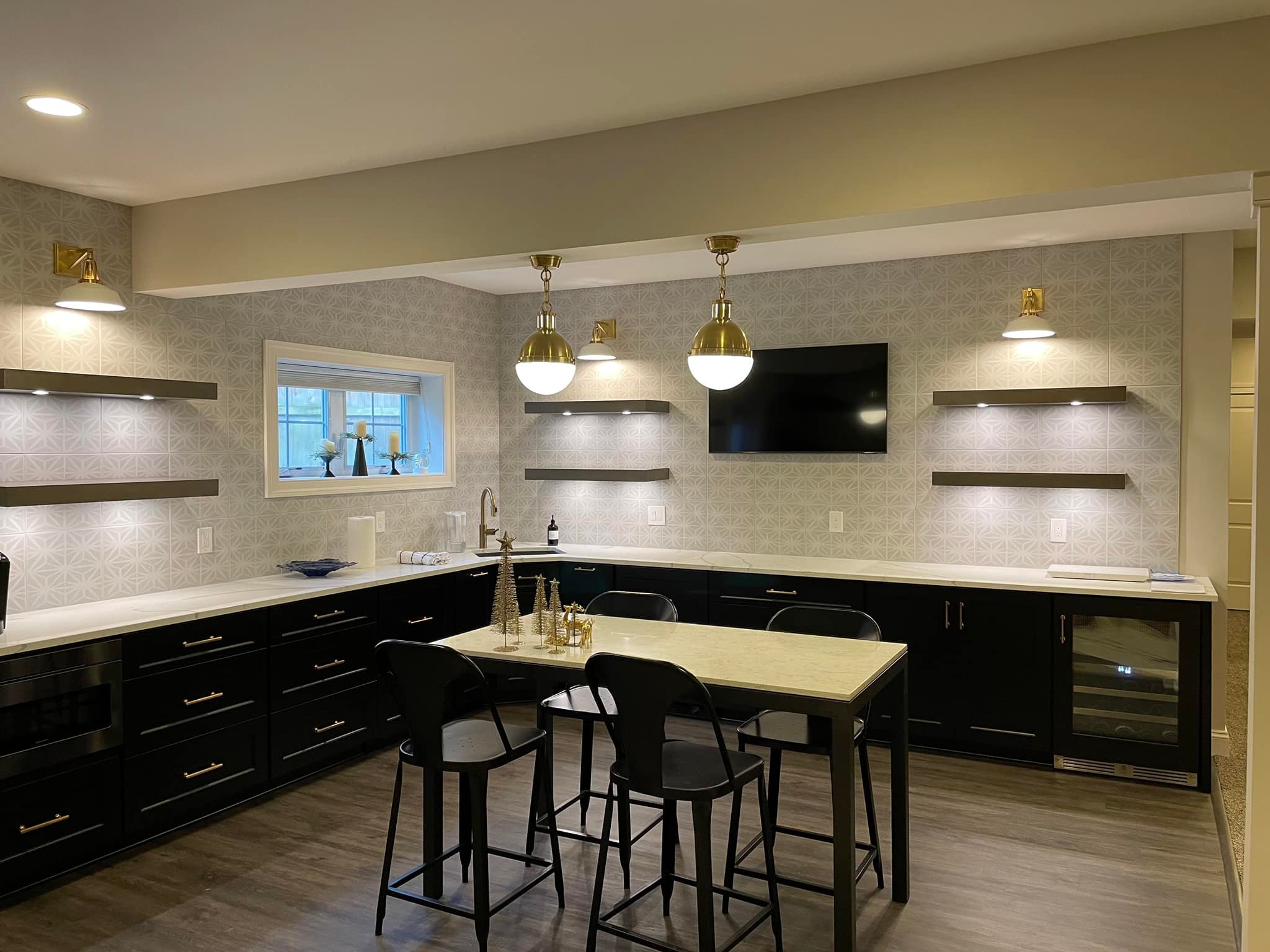
Weather-Proof Your Home: Essential Renovation Upgrades for All Seasons Oct 19, 2025
Start by addressing your home’s insulation. Effective insulation is vital in regulating indoor temperatures, thereby reducing energy costs and increasing comfort. Consider adding or upgrading insulation in your attic, walls, and basements. Not only does this step keep your home warm during winter, but it also helps in keeping it cool during hot summer months. Proper insulation is one of the most effective ways to weather-proof your home all year round.
Next, focus on upgrading your windows and doors. Weather-resistant windows and energy-efficient doors are paramount in weather-proofing. Older windows can allow drafts and leaks, compromising your home’s ability to maintain consistent temperatures. Replacing them with double- or triple-pane windows provides superior insulation and noise reduction. Similarly, investing in a solid front door with weather-stripping can prevent air leaks, leading to a more energy-efficient home.
Another crucial upgrade to consider is roof maintenance or replacement. The roof is your home's first line of defense against harsh weather conditions. Regular inspections for cracks or missing shingles are essential preventative measures. Depending on your roof’s age and condition, it might be wise to consider a replacement with more durable materials such as metal roofing, which offers excellent protection against high winds and heavy rain.
Beyond the roof, don’t overlook the gutters and drainage systems. Efficient gutter systems are essential for directing rainwater away from your home, preventing water damage and erosion. Ensure that your gutters are cleaned regularly and are free from debris that could cause blockages. Consider installing gutter guards and downspout extensions to further protect your foundation.
Sealing exterior cracks is another vital step in weather-proofing your home. Inspect your home’s exterior for cracks in the siding, foundation, and around windows. Use a high-quality, weather-resistant sealant to fill these gaps. This step prevents moisture from seeping in, which can lead to mold growth and structural damage.
Landscaping can also play a role in protecting your home from the elements. Planting windbreaks, such as trees or shrubs, on the windward side of your house can help reduce heating costs by blocking cold winds. Additionally, they provide shade in the summer, helping keep your home cooler.
Finally, invest in a programmable thermostat. While not a physical renovation, a programmable thermostat allows you to optimize your home's temperature settings throughout the year, enhancing comfort and saving on energy costs.
In conclusion, weather-proofing your home requires a combination of strategic renovation upgrades and ongoing maintenance commitments. By addressing insulation, windows, roofing, and utilizing landscaping effectively, you can create a year-round barrier against the elements. DG Allen Construction is here to help you achieve a weather-proof home that not only withstands the elements but enhances your living experience. Reach out to us for expert advice and high-quality construction services tailored to protect your investment through every season.
/filters:no_upscale()/media/b937f60e-c627-4855-aedc-0fa9bad8eba8.jpeg)
/filters:no_upscale()/filters:format(webp)/media/a19d5762-001c-4780-9330-e81a304c8fe5.jpeg)